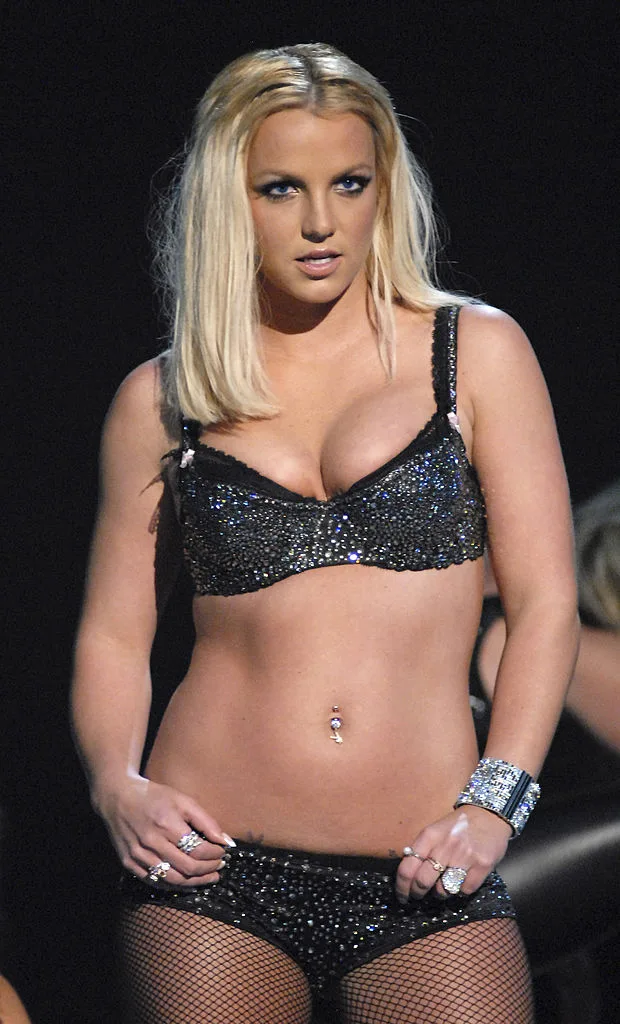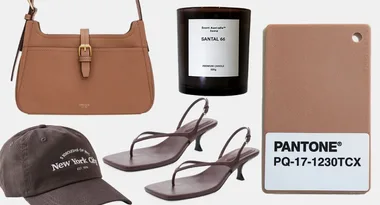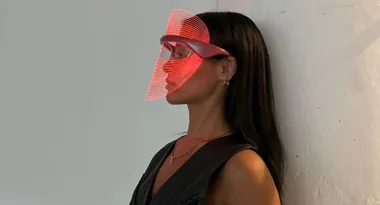A belly button piercing, also known as navel piercings, or belly button rings, is a piercing placed somewhere on the rim of the navel, usually on the top ridge. Navel piercings have become quite common in recent years; having started as quite a niche piercing in the 60s or 70s, and only entering the mainstream in 1993 through Alicia Silverstone’s navel piercing scene in Aerosmith’s music video for “Cryin’”.
Belly button rings and piercings reached peak popularity in the early to mid-00s, with world-famous pop stars like Christina Aguilera and Britney Spears sporting cool belly button piercings, and dozens of teenage girls sporting fake belly button piercings to join in on the fashion trend.
Regardless, belly button piercings are still pretty popular to this day, so if you’re on the hunt for a belly button piercing and you’re looking for a piercing studio ‘near me’, there are a few things you might need to take into consideration.

How Does A Navel Piercing Work?
Contrary to what the name suggests, a belly button piercing doesn’t actually pass through the belly button. Rather, it’s typically the area directly above or around the navel that is fully pierced.
Before any navel piercing, the piercer checks your navel and determines whether it’s a good fit for the procedure. Not everyone is eligible for a navel piercing—if you’re an outie, for example, you may experience difficulty with a belly piercing, though there are outie belly piercing styles that you can try out!
Also, if your belly button closes as you sit down, you might also be out of luck; the piercing could be compressed and might even get pushed out. You also might run into an issue if you’re early into a pregnancy.
After deciding to conduct the procedure, your piercer will then disinfect and wash their hands, then put on some gloves before piercing you. This is absolutely necessary—a study that was published in the American Journal of Clinical Dermatology showed that 1 in every 5 piercings get infected! Treating an infection is not fun at all, so carefully taking care of your piercing for a few weeks is a small price to pay.
Once complete your piercer will give you the belly piercing of your choice. Here’s a short list of the most common kinds.
Types Of Piercings
Standard Belly Ring
This is one of the most basic navel piercings available, and among the most common female piercings in general. A piece of metal in the shape of a curved barbell is pierced through the top of the navel. The barbel beads are kept while the piercing heals, and then they can be replaced with belly button jewellery afterwards.
Inverse Navel Piercing
Also known as a ‘bottom belly piercing’. This is similar to the standard piercing, only the piercing is run through the bottom of the navel.
True Navel Piercing
This might be your best bet for an outie belly button piercing.
Double Navel Piercing
Also known as ‘double belly piercing’. You get both the standard and the inverse navel procedures done at once.
What Kind Of Jewellery Can I Use For My Piercing?
There’s a big list of belly button jewellery available to you after the piercing heals.
Banana Bell
Suitable for standard and inverse piercings, this is the basic curved barbell that you can use to fit into your piercing.
Spiral Belly Button Rings
These fancy rings have to be twisted through when inserted so they come out even. Some people may find the sensation uncomfortable, but they look fantastic!
Super Spiral Rings
These are like the spiral belly button rings but they have more revolutions, they can be tricky to insert since there are a certain number of rotations that need to be done for it to comfortably take its place.
Ball Captive Rings
Also known as BCR, these are ideal for additional secondary belly button piercings.
Top Dangle Rings
Also known as Top drop rings, these similar to the banana bells but they include ornaments sort of like earrings and hang from your piercing.
Piercing Aftercare
After your piercing, you need to remember to take care of the navel area. As we said, new piercings are prone to infection.
Always ensure that your hands are clean when you touch your navel area. In fact, during the healing period, avoid touching it at all, as you may slow down the healing process.
If you get any pain, redness, or swelling after your piercing heals, you may be experiencing a rejection event or an allergic reaction. In this case, consult a doctor or have the piercing removed entirely.
Whenever you swim, always try to cover the navel area up, and clean it thoroughly afterwards.
So now that you know the basics, what are you waiting for! Go get that bling!









